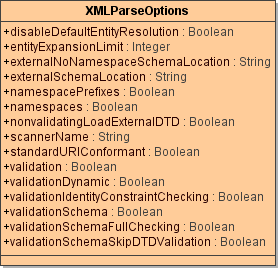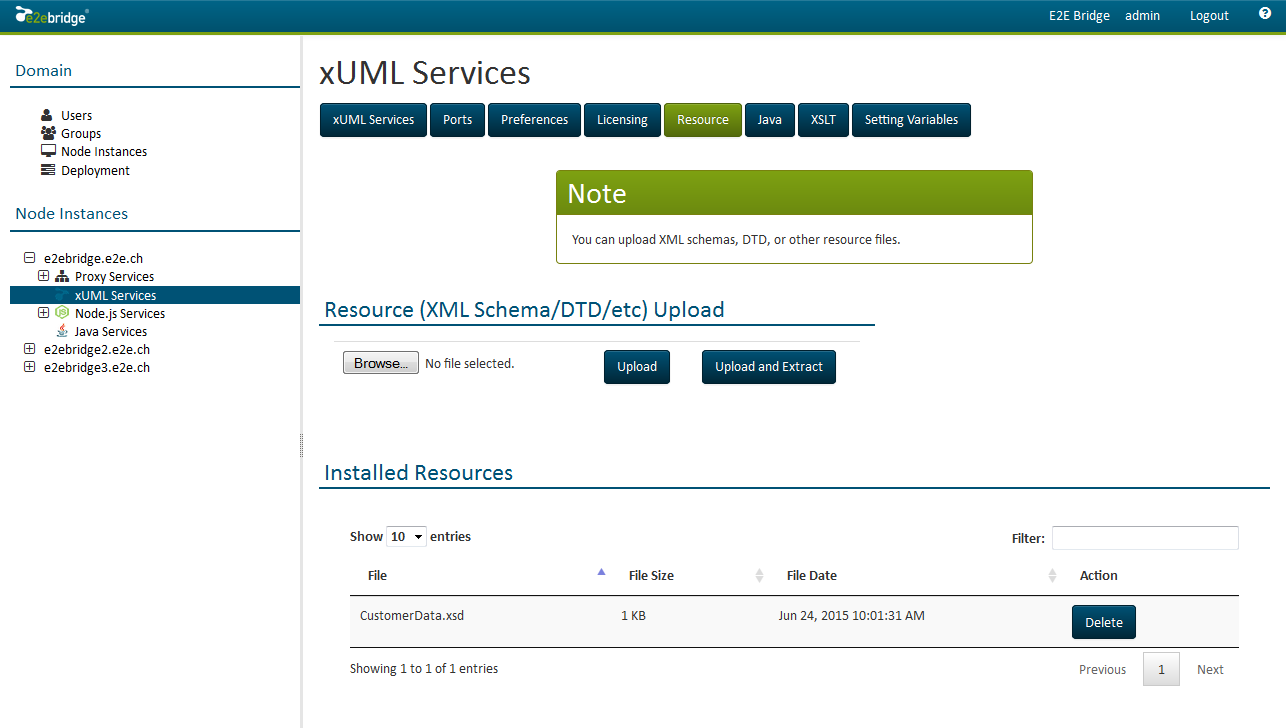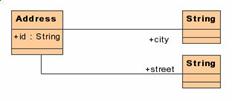|
Syntax |
|
|||
|---|---|---|---|---|
|
Semantics |
The operation takes an XML buffer as blob (aBlob) and tries to map the XML document to anObject. If this is not possible, an error is raised (e.g. XML parser errors, invalid mappings, etc.). By default the following mapping rules apply:
These default rules can be overridden by using <<XMLElement>>, <<XMLAttribute>> , and <<XMLCharacters>> stereotypes on UML class attributes and UML association ends. More about these mapping rules, stereotypes and tagged values (e.g. for number and date & time formatting) can be found in section XML - UML Class Mapping. Frequently, an XML document is given as a string instead of a blob. In such cases, it is possible to apply |
|||
|
Substitutables |
|
Can be any variable or object attribute having the type Blob. |
||
|
|
Target object, can be any object. |
|||
|
Error Codes |
Find the related error codes on Log Errors. |
|||
|
|
The native XML parser reported a fatal error during parsing.
|
|||
|
Examples |
The following action script creates an object of type Address. An output object node named myAddress of type Address needs to be defined in the activity diagram. Below, a sample XML document is shown to illustrate the mapping executed by xmlToClass() operation. The XML document is mapped to an instance of Address as depicted in the class diagram:
Note, that the XML element myAddress is of type Address. This type has the UML attribute id, which corresponds to the XML attribute id. Additionally, the XML elements street and city are mapped to the association ends city respectively street. Both are having the type String. |
|||
XML Parsing Options (Validation against a Schema)The optional parameter of xmlToClass() of type XMLOptions offers various parameters to control schema and DTD location and validation:Figure: XML Parse Options Class 


